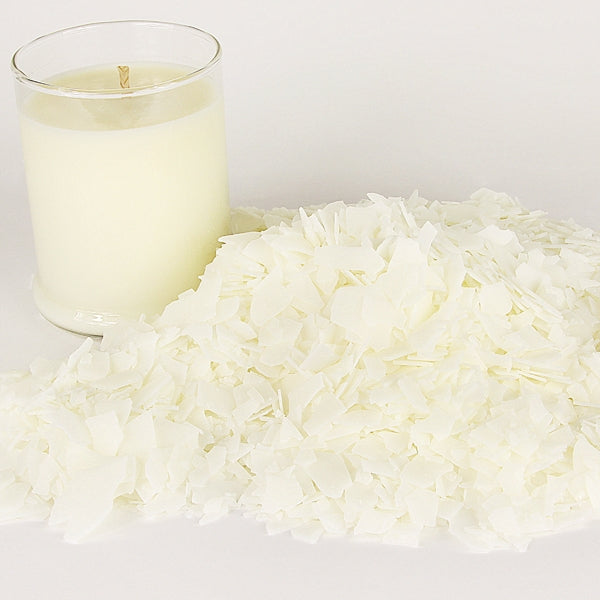Illuminate Your Environment with Crystal Soy Candles and Home Fragrance
Illuminate Your Environment with Crystal Soy Candles and Home Fragrance
Blog Article
From Wick to Wax: Understanding the Chemistry Behind Soy Wax Candles and Their Ecological Impact
As we brighten our spaces with the warm glow of candle lights, there lies a realm of complex chemistry behind the apparently simple act of lighting a soy wax candle light. Join us as we untangle the clinical details behind soy wax candle lights and discover their effects on our setting.
Soy Wax Vs. Paraffin Wax
When contrasting soy wax and paraffin wax for candle light production, it is necessary to recognize the distinct characteristics and benefits of each material. Soy wax is an all-natural, eco-friendly source stemmed from soybean oil, making it biodegradable and green - candles. On the other hand, paraffin wax is a by-product of petroleum refining, which elevates issues about its ecological impact and sustainability
Soy wax candle lights melt cleaner and emit less residue compared to paraffin wax candle lights, making them a much healthier option for indoor air quality. Furthermore, soy wax has a lower melting point, allowing for a longer-lasting candle that distributes fragrance much more successfully. Paraffin wax, on the other hand, has a tendency to burn faster and less easily, possibly releasing dangerous chemicals into the air.
From a sustainability perspective, soy wax is preferred for its biodegradability and sustainable sourcing, lining up with the growing consumer choice for eco conscious items. While paraffin wax has been a traditional selection in candle making as a result of its cost and ease of usage, the shift towards environment-friendly alternatives like soy wax is obtaining momentum in the industry.
Chemical Make-up of Soy Wax

Burning Process in Soy Candles
The chemical make-up of soy wax straight affects the combustion process in soy candles, affecting factors such as melt time, fragrance launch, and ecological effect. When a soy candle is lit, the heat from the fire thaws the wax near the wick. This fluid wax is then created the wick soy wax candles as a result of capillary action. As the fluid wax gets to the flame, it evaporates and goes through combustion. The combustion procedure includes the vaporized hydrocarbons in the wax reacting with oxygen airborne to create heat, light, water vapor, and co2.
The burning effectiveness of soy candles is affected by the purity of the soy wax and the high quality of the wick. In addition, soy wax candles have a lower environmental influence contrasted to paraffin candles due to their biodegradable and eco-friendly nature.

Ecological Advantages of Soy Wax

Considered a sustainable alternative to traditional paraffin wax, soy wax uses notable environmental advantages that make it a popular selection among eco-conscious consumers. Soy wax burns cleaner and generates less soot than paraffin wax, adding to better indoor air top quality and lowering the requirement for cleansing and upkeep. In general, the ecological benefits of soy wax align with the growing demand for environmentally friendly and sustainable items in the market.
Recycling and Disposal Considerations
Reusing and proper disposal of soy wax candles play a vital role in preserving environmental sustainability and lowering waste in households and neighborhoods. When it comes to recycling soy wax candle lights, the initial step is to make sure that the candle light has actually melted entirely. This can be accomplished by enabling the candle light to burn until the wick is no much longer functional, and afterwards letting the continuing to be wax cool and solidify. Once the wax has strengthened, it can be carefully removed from the container.

In terms of disposal, if recycling is not an alternative, soy wax candles are naturally degradable and can be securely gotten rid of in many household waste systems. It is always suggested to check with neighborhood recycling facilities or waste monitoring services for details guidelines on candle light disposal to make certain appropriate handling and ecological security.
Conclusion
In verdict, the chemistry behind soy wax candle lights reveals their environmental benefits over paraffin wax candles. Soy wax, obtained from soybean oil, burns cleaner and creates much less residue when compared to paraffin wax.
When contrasting soy wax and paraffin wax for candle making, it is crucial to comprehend the unique features and benefits of each product (home fragrance).Soy wax candle lights melt cleaner and produce much less soot compared to paraffin wax candles, making them a much healthier choice for indoor air quality.Thought about a sustainable option to standard paraffin wax, soy wax uses remarkable environmental advantages that make it a popular choice amongst eco-conscious consumers. Soy wax burns cleaner and produces less soot than paraffin wax, contributing to better indoor air quality and decreasing the requirement for cleaning and maintenance.In conclusion, the chemistry behind soy wax candles reveals their environmental advantages over paraffin wax candle lights
Report this page